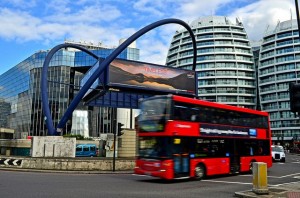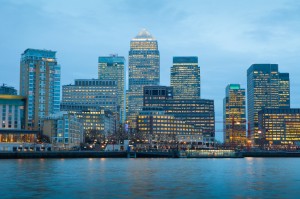 For several years, London has been considered one of the world’s most prosperous technology hubs. Silicon Roundabout, Tech City, and Old Street are now firmly established in the global digital scene and can compete with other successful technology centres, mainly with California’s Silicon Valley. However, and despite the fact that London’s Tech City is a relatively new project, it seems that the London tech scene is growing at a faster pace than California. A report published in June 2014 confirmed this trend, and in this post we take a closer look at the facts and implications of the unmatched growth experienced by the British capital’s technology sector.
For several years, London has been considered one of the world’s most prosperous technology hubs. Silicon Roundabout, Tech City, and Old Street are now firmly established in the global digital scene and can compete with other successful technology centres, mainly with California’s Silicon Valley. However, and despite the fact that London’s Tech City is a relatively new project, it seems that the London tech scene is growing at a faster pace than California. A report published in June 2014 confirmed this trend, and in this post we take a closer look at the facts and implications of the unmatched growth experienced by the British capital’s technology sector.
London’s tech sector has quickly caught up with California: learn all the details
The regeneration of the Old Street and the surrounding areas and its subsequent transformation into a leading business district has been hailed as a successful economic growth strategy right from the start. According to a 2013 report published by the Cabinet’s Office, between 2009 and 2012 the number of tech firms based in this area increased by an astonishing 76 per cent, bringing the total number of tech companies in London to over 88,000. Success is also measured by the industry’s contribution to the capital’s economy. In this respect, London’s Tech City is also a winner, as it has been estimated that nearly 27 per cent of the city’s total job growth is generated by the capital’s tech sector. All in all, this industry employs more than 582,000 people across London. Continue reading “London is Ahead of California for Tech Growth”







